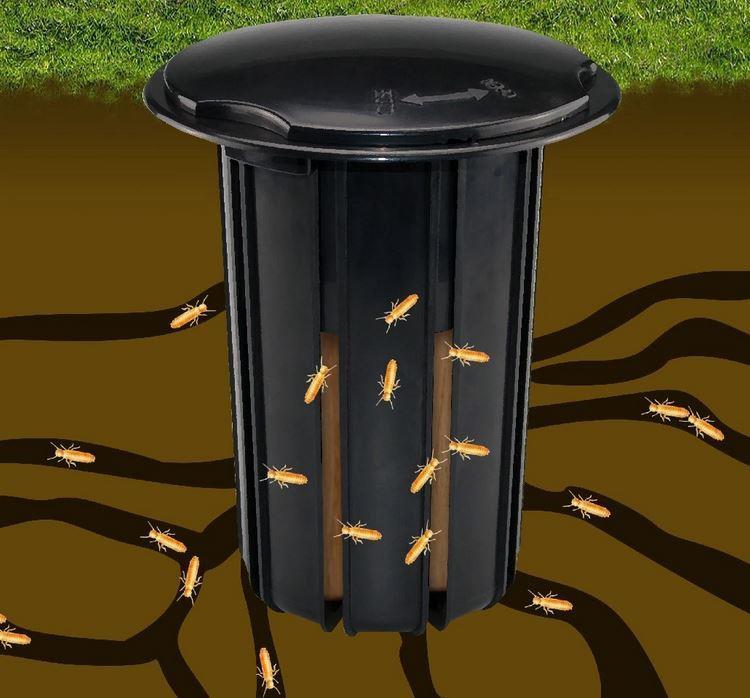
Termite baits, also known as bait stations, are capsules that contain paper, cardboard or other acceptable termite food laced with a slow-acting poison that is lethal to termites. Baits are sometimes called “termite traps,” although they do not actually trap termites.
Baiting is an alternative to older “barrier” treatments in which large amounts of pesticide are applied to the soil underneath and surrounding a building in order to block all potential routes of termite entry. Termite baits employ small amounts of slow-acting poison that is gradually spread among worker termites when they return to the nest to feed one another.
Some baits are installed below ground and others are positioned above ground in the vicinity of known termite mud tubes and feeding sites. Below-ground stations typically contain untreated wood (as the poison rapidly decomposes underground) until termite activity is detected inside the stations, at which time the exterminator will deploy poisoned material. Poisons are designed to eliminate the colony either through sterilization or by stunting their growth.
Advantages of Termite Baiting
Baiting requires fewer disruptions to the building’s occupants than does conventional barrier treatment, which often requires rolling back carpets, noisy drilling, concrete dust, removal of furnishings, and other disturbances.
Baiting is environmentally friendly compared with soil treatment, which may require the use of hundreds of gallons of pesticide. Baiting will not endanger drinking water in houses that make use of wells and cisterns.
Positioning of baits is not complicated by inaccessible crawlspaces or other areas that are difficult to treat with liquid barrier methods.
Baiting can be used as a preventive measure in the early detection of termites, as the method requires extensive monitoring.
Underground bait stations are unreachable by children and animals.
Disadvantages of Termite Baiting
- Baiting can take a long time — even months — to be effective. Termites must detect underground bait stations randomly as they wander through the soil because the insects cannot see or smell the bait. Whether the bait stations are found is completely up to the termites, unlike the more controllable barrier method. Some degree of termite damage may occur before the slow-acting bait is discovered and takes effect.
- Baiting is often more expensive than liquid barrier treatment because bait stations require ongoing inspection, monitoring and re-baiting. The exterminator will bill hourly, which can cost thousands of dollars over the course of many repeat visits.
- The success rate of baiting depends on the season, as termites may not find the bait stations during off-peak foraging periods. Baiting is best performed during warmer months.
- Baiting leaves no residual barrier to future infestations.
- The bait must be attractive enough to entice termites to return, even in the presence of competing stumps, tree roots, woodpiles and structural wood.
- Termites might be warded away from bait stations if dead termites begin to accumulate in the vicinity, a consequence of an overly-powerful poison.
- Only licensed pest control operators should perform baiting, as they provide professional monitoring and strategic placement, although homeowners may purchase the baits from retailers and attempt extermination themselves. These bait systems are typically small and cannot be opened for monitoring.
Level Up Home inspectors are also licensed pest control technicians. What does that mean for you? The state of Texas prohibits non pest control techs from making any comments about pest. Meaning, If your inspector is not also licensed for pest. He or She can not by law document anything they find.

Recent Comments